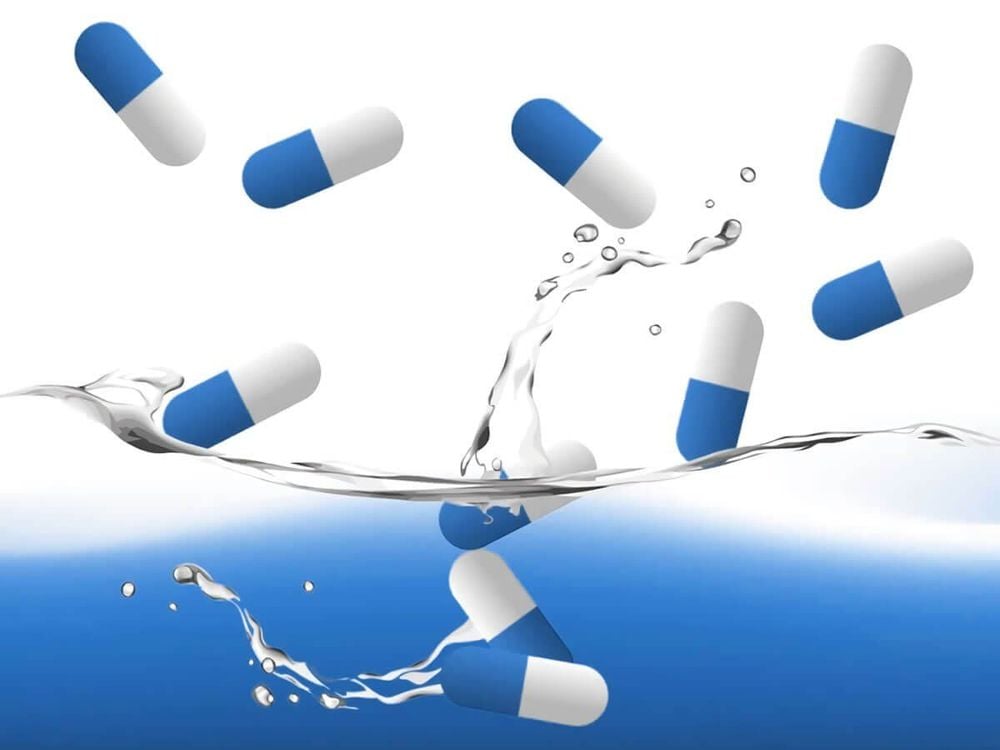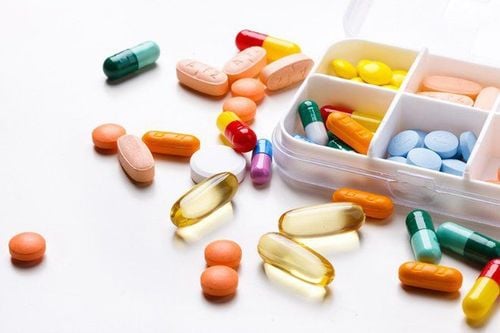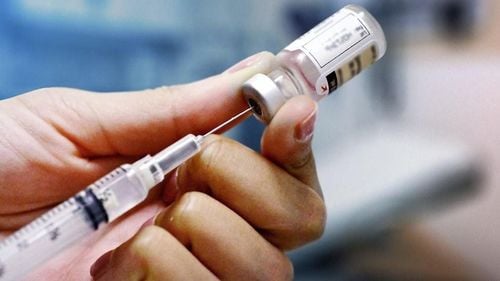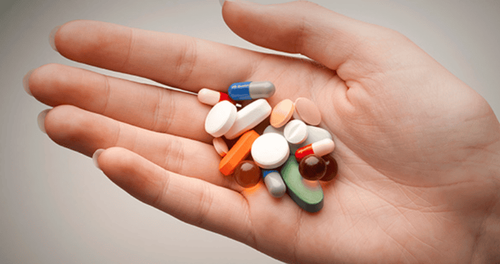This is an automatically translated article.
The pharmacokinetic and pharmacodynamic indices of antibiotics are established on the basis of plasma drug concentration and minimum inhibitory concentration, thereby more accurately reflecting the effectiveness of the drug and overcoming it. be limited.
1. What is pharmacokinetics, pharmacodynamics?
PK/PD is an index symbol linking pharmacokinetic and pharmacodynamic properties and is applied to improve the effectiveness and safety of antibiotics. Pharmacodynamics is the process by which a drug acts on the body. Describe the effectiveness of the drug as well as its side effects and how it works... The effect of the drug may be changed by other drugs taken at the same time or by certain medical conditions. The phenomena of synergism, antagonism, synergism and other phenomena related to the action of the drug are all described by pharmacodynamics.
Pharmacokinetics is a term to refer to the study of the effects of the body on drugs. This effect will be through the process of absorption, distribution, metabolism and elimination of the drug in the user's body.
Specifically, for antibiotics, the pharmacokinetic and pharmacodynamic indices are established on the basis of plasma drug concentration and minimum inhibitory concentration, thereby accurately reflecting the effectiveness and efficiency of antibiotics. drug results.
2. Application of pharmacokinetics, pharmacodynamics
2.1 Application of pharmacokinetics and pharmacodynamics to design therapeutic dose regimens In order to optimize treatment and increase the likelihood of achieving pharmacodynamic indices, it is recommended that pharmacodynamics, in some cases, be changed. Changing the dose of antibiotics, some of the cases are applied include:
Patients with changes in the pharmacokinetic parameters of antibiotics, for example, surgical treatment in intensive care, patients with severe burns, overweight, obesity, diabetes, people with impaired liver and kidney function, the elderly, infants and young children.... The reason is that these subjects have changes in pharmacokinetics that cause drug levels in the blood. change. Therefore, the dose adjustment of the drug will be based on the correction formulas according to the pharmacokinetic parameters of each subject or based on the population pharmacokinetics. This necessitates treatment monitoring through blood drug concentration monitoring. People with severe infectious diseases, caused by drug-resistant strains of bacteria such as blood infections caused by blue pus bacilli, infections in patients with artificial instruments, hospital-acquired pneumonia caused by Gram-negative bacilli. negative.... Because in these cases the MIC is high, the usual dose level does not meet the therapeutic effect, so it is necessary to increase the therapeutic dose. The dose increase is to achieve the recommended pharmacokinetic and pharmacodynamic index.

Các chỉ số dược động học, dược lực học được thiết lập trên cơ sở nồng độ thuốc trong huyết tương và nồng độ ức chế tối thiểu
2.2. The application of pharmacokinetics and pharmacodynamics to prevent drug resistance To prevent drug resistance mutations, it is important to ensure adequate blood levels of drugs to obtain Cpeak/MIC and AUC/MIC. the best. The exact pharmacodynamic and pharmacokinetic values needed to prevent mutant strains are often higher than those for effective treatment.
About AUC/MIC: Increasing AUC/MIC of quinolone antibiotics can limit drug resistance. However, there is another study that shows that an AUC/MIC index of 52 can increase the resistance of strains, but if the AUC/MIC index reaches a value of 157, no resistant strains will appear. Several studies have also shown that prolonged low doses of vancomycin with AUC/MIC <250 are associated with the development of resistance in group II S. aureus strains that do not have agr-regulatory genes, however doses of 750mg or 1g corresponding to a 38 AUC/MIC ratio of 382 or 510 would not result in a change in resistance to this staphylococci. In addition, the ability to create mutant strains can be seen if long-term use of low doses of vancomycin is required. About Cpeak/MIC: Cpeak/MIC <8 for quinolones is a risk factor for antibiotic-resistant Gram-negative bacteria to develop further. However, if the Cpeak/MIC index is >10, it will be able to suppress the resistant mutant population, and at the same time can prevent death due to the development of resistant strains during treatment. Thus, the Cpeak/MIC index plays a role in influencing drug resistance in the treatment course. However, the optimal value of the Cpeak/MIC index is very different among several antibiotic classes and depends on the antibiotic pair to treat the bacteria. Therefore, it is necessary to clarify the relationship of different resistance mechanisms with drug pharmacokinetic parameters for optimal application of pharmacodynamic models.
Please dial HOTLINE for more information or register for an appointment HERE. Download MyVinmec app to make appointments faster and to manage your bookings easily.













